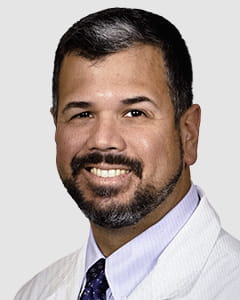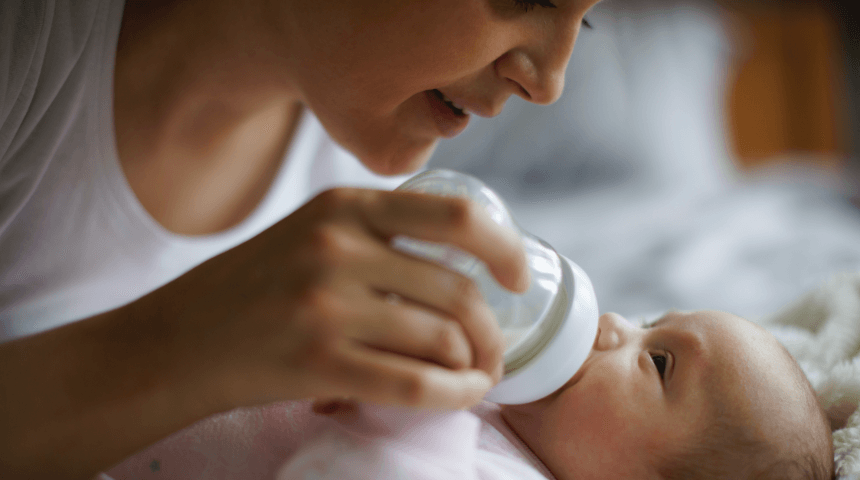Think of the human spine as a building — a combination of bricks of bones with shock absorbers in between. As we age, the shock-absorbing discs randomly wear out. And once the spine starts to tilt, it’s difficult to correct. That’s why it’s important to know the signs of adult scoliosis and how to prevent or treat it.
Many people think of scoliosis as a condition that only affects children and teens. But if you’re not treated for it when you’re young, the curvature doesn’t go away. It can develop into a more serious problem in adulthood known as degenerative scoliosis.
This usually occurs in adults in their 50s to 70s, and it causes the spine to tilt either forward or sideways. But abnormal curvature of the spine isn’t always scoliosis, which requires at least 10 degrees of tilt before corrective measures are considered, according to the Scoliosis Research Society.
A Common Part of Aging
Just how widespread is adult scoliosis? Because we all age and experience shifts in our body composition, spinal curvature affects an estimated 6 million to 9 million Americans, who have at least a mild degree of scoliosis, according to the National Scoliosis Foundation. This tends to get worse in adulthood.
While we can control some of the causes for this, we can’t stop the aging process. The older you are, the more curved your spine will get. And depending on your genetic history, you may be prone to more degenerative disc disease earlier in life. But there are a few preventive measures you can take toward spinal health.
Three Culprits
-
Stop smoking. Smoking causes your discs to wear out faster. When you smoke, your small vessels suffer first, and these are what supply blood to your discs.
-
Avoid heavy lifting. Be smart about activity and choose low-impact workouts, such as water-based exercises. Choose an elliptical instead of a treadmill. When lifting weights, avoid raising them above shoulder level.
-
Lose weight. Being overweight leads to additional back pain, putting you at a higher risk of spine disease. Often those who complain of back pain have no spinal curvature, but need to lose weight.
Red Flags
If you already suffer from scoliosis, it’s important to have your spine checked every year and follow your doctor’s recommendation for having X-rays taken. If you add 5 degrees to your curve each year, you’re heading in the wrong direction. The earlier in life you address the condition, the fewer complications you will have.
Some of the biggest signs your scoliosis needs medical attention:
-
Back pain
-
Difficulty breathing
-
Respiratory problems
-
Abdominal pressure
-
Difficulty eating
-
Knee disease or hip disease
Getting treatment early offers the best prognosis, and advanced technology has made spinal surgery safer and more precise than it was years ago. Many other options also are available, including physical therapy and pain management.
If you have a spinal curvature, no matter what your age, it’s critical to “watch the curve” to ensure a good quality of life.
Choose to Stay in Touch
Sign up to receive the latest health news and trends, wellness & prevention tips, and much more from Orlando Health.
Sign Up





